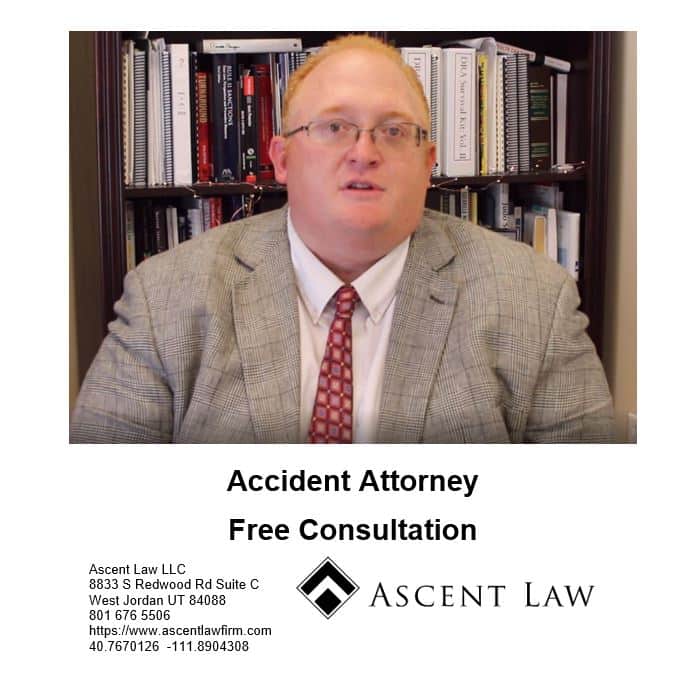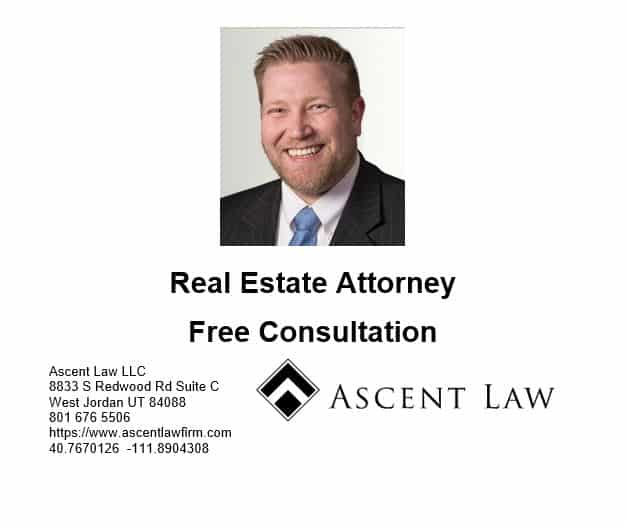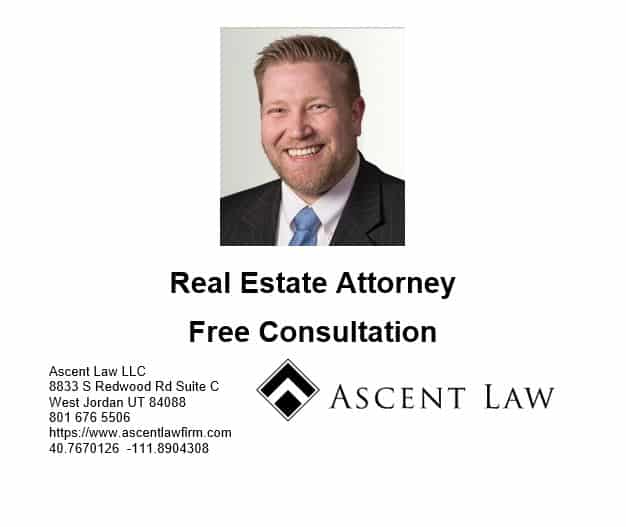
While seat belts are designed to save lives, defective belts can lead to severe harm, even death. While seat belts are designed and marketed as a necessary line of defense for vehicle passengers, defective seat belts can make serious car accidents even worse, leading to severe injuries, pain and suffering.
Seat Belt Risks & Car Crash Injuries
Seat belt manufacturers and auto companies have a legal duty to design and manufacture seat belts that operate correctly in the event of a crash. Seat belts, in short, should be “crash worthy,” able to survive the significant rigors of an accident while fulfilling their intended purpose. Unfortunately, manufacturers do not always recall defective seat belts when they should. Some defective seat belts remain on the market for years, even though their manufacturers understand their risks, putting drivers and passengers at risk. Generally, seat belts have two functions. Seat belts prevent passengers from being ejected from the automobile during the accident. At the same time, seat belts reduce the risk that a passenger or driver will collide with objects inside the car, which can cause injuries secondary to the primary impact of the accident.
Types of Seat Belt Failure
While seat belt manufacturers have converged on a standard design for their products, there are still a myriad of designs out there, some of which work better than others. Accident experts have identified a wide range of potential seat belt failure mechanisms:
• Inertial Unlatching: In simple terms, inertial unlatching occurs when the seat belt mechanism releases during an accident. The latch plate, which fits into the buckle, detaches, disconnecting the belt and leaving a passenger or driver unprotected. Seat belts without a locking latch plate are more prone to this form of failure than newer designs. Accident engineers, theorize that inertial unlatching occurs when the forces created by an accident resonate inside the buckle’s spring mechanism, thus unlatching the seat belt.
• False Latching: This occurs when the latch appears to be buckled, but is not. This can occur due to user error, or due to internal friction inside the locking mechanism itself. False latching can also happen when there is an additional slot for the latch to enter, adjacent to the actual locking mechanism. When a passenger is falsely latched, rather than properly latched, they are at risk of being ejected from the vehicle in the event of a crash.
• Accidental Release: Some seat belt mechanisms are easier to unlatch than others. In the event of a crash, seat belts can come unlatched when jostled by the passenger’s elbow or hip. Accidental release can be a sign of poor seat belt design.
• Webbing Failure: The seat belts webbing, the strap that extends from the shoulder to the hip or across the lap, must be strong and free of defects to work properly. Manufacturing defects can leave seat belt webbing vulnerable to tears or breaks, which can become fatal in the event of an accident. Dynamic forces can make the problem worse. If the seat belt has not retracted correctly, and slack remains in the line, the force of an occupant moving forward can snap the belt’s webbing, leading to a seat belt failure.
• Retractor Failure: For seat belts to work as intended, the webbing strap must pull taut against an occupant’s body during a crash. Most cars now feature an automatic retractor, which pulls the seat belt taut against the body when an impact occurs. As we’ve seen, slack in the seat belt can lead to a webbing failure, which occurs when the seat belts webbing snaps under the force of a moving body. It can also leave the driver or passenger vulnerable to secondary impact injuries, as the body is thrown against features inside the car’s interior.
How to Detect Seat Belt Failure
Detecting seat belt failure isn’t always a straightforward matter. The effectiveness of your vehicle’s seat belts should be evaluated based on the facts of your particular accident and injuries. Based on past cases and experience, here are just a few signs that may indicate a seat belt problem:
• A person injured in the accident was found with a loose-fitting seat belt.
• An injured vehicle occupant isn’t wearing a seat belt but maintains that they were wearing one at the time of the accident.
• A seat belt shows ripped or worn webbing.
• There are serious injuries in a minor collision accident.
• A front seat occupant makes contact with the windshield.
• There is a discrepancy in the seriousness of injuries from belted occupants. For example, one person walks away with another suffering major injury.
Who is Responsible for Seat Belt Failure?
If you’re injured because of seat belt failure in a vehicle, both the manufacturer of the product and the vehicle could be at fault. Designers of seat belts work to create a system that will protect vehicle occupants in some of the most extreme conditions, but they don’t always work as planned. Seat belts are tested by both the product creator and the vehicle manufacturer, to make sure that they adhere to certain safety standards. Even if the tests are passed, standards can change, or defects in manufacturing can arise that make the products less effective. Automakers may also be slow to adopt new seat belt technology in the vehicles, which could lead to modern cars having antiquated systems.
Seat Belt Injuries and Potential Damages
Seat belt failure may be difficult to detect, but the related injuries are often quite serious. If you’re involved in an accident with a seat belt failure, the proper investigation may be able to identify the design or manufacturing defect that was the likely cause of your injuries. Victims who have been harmed by defective seatbelts might receive compensation that consists of compensatory and/or punitive damages. Compensatory damages will reimburse you for such things as medical care, lost wages, disability, and even suffering from the seat belt-related injuries. Punitive damages are sometimes awarded to victims as a means of punishing companies for wrongdoing. These damages can be significant, and they discourage manufacturers from releasing defective products or forgoing important safety testing in the future.
If You’ve Been Injured Due to Seat Belt Failure
If you or a loved one has been injured due to seat belt failure, you have the right to claim financial compensation for those injuries with a defective product lawsuit. Most law enforcement officers who investigate these accidents miss a potential defective seat belt and it may take hiring an expert with accident reconstruction experience to uncover the truth.
Defective Seat Belts and Their Threat to Your Family’s Safety
Seatbelts have been a safety staple in automobiles for over 50 years. In that time, they have succeeded in saving countless lives and protecting millions of drivers and passengers alike from horrendous injuries. While they were the first real car safety feature, there is no doubt that driver and passenger safety belts continue to be one of the most effective. However, in order for them to work, they have to be used properly and they must be designed, manufactured, and installed correctly.
Using Seatbelt Effectively
In order to secure a passenger, a seat belt must:
• Be worn properly: The lap restraint needs to be placed over the hip bones and the chest strap must lay across the collarbone.
• Be properly fastened: In order to withstand accident forces, the belt buckle must be completely clicked in and secured in its lock.
• Be secure: The strength and security of a belt must be rigorously tested in order to pass safety standards.
Unfortunately, defective seat belts are not all that uncommon, producing the illusion of safety without the actual benefits of being secure.
Seatbelt Defects Law
Seatbelts are supposed to keep you tightly strapped in to prevent impact and ejection injuries. However, if the belt fails when you need it most, the consequences can be serious for you and everyone else involved. Without the belt to restrain you, you could be thrown around inside the car from the force of an impact. Or, perhaps even worse, you could be ejected from the vehicle altogether.
There are several reasons your seat belt could fail during an accident, including:
• Weak fabric: The seatbelt material needs to be able to withstand pressures exceeding 300 pounds per inch. If the fabric is weak in any way, it can tear leaving the wearer without protection.
• A defective buckle or poor connections: In order for the belt to be secure, all connections need to be tight and working correctly. If a connection is loose or the buckle isn’t holding the connector, the restraint is useless.
• A faulty feeding mechanism: Most seat belts retract into the seat to prevent clutter. If the feeding mechanisms fail to release the belt, the wearer may not be able to buckle. On the other hand, if the feeding mechanism fails to tighten during an accident, the belt will slacken and prevent adequate restraint.
Who’s to Blame for a Faulty Safety Belt
If you were involved in a collision and were injured because of a defective seat belt, you might be eligible to receive compensation for your injuries from the vehicle’s manufacturer or seller.
Seat Belt Injuries in a Car Accident
How seat belt injuries occur, how they can be prevented, and legal issues that can be raised around these kinds of injuries. Statistically, it has been proven that wearing a seat belt while traveling in any kind of motor vehicle saves lives. Of course, wearing a seat belt alone does not ensure the safety of drivers and passengers involved in a car accident. And at rare times, the seat belt itself may cause further injury. While the majority of seat belt injuries are minor and even expected especially in serious, high-impact crashes some car accident injuries caused by seat belts can be serious.
How Seat Belt Injuries Occur
In many traffic accident scenarios, an automobile comes to a sudden stop, requiring a seat belt to restrain a still-moving driver or passenger. While a seat belt may indeed prevent severe injury when it is worn properly and functions as intended, it is entirely possible that the seat belt itself can cause injury to a driver or passenger, due to a variety of factors, including:
• the severity of the accident/impact
• exceptionally tight restraints
• seat belt malfunction
• improper placement of the belt on the body, or
• manufacturer defect (product liability; more on this later).
Types of Seat Belt Injuries
Most seat belt injuries are minor and involve bruising and scrapes from the restraints, with severity that typically corresponds to the severity of the collision. Generally, lap belts are responsible for internal injuries to the abdomen and spinal cord, while shoulder belts often result in injuries to the shoulder, neck and sternum.
The most severe injuries that can be caused by (or exacerbated by) seat belts include:
• fractures
• dislocations
• internal organ damage
• internal bleeding (the kinds of car accident injuries that may not show up right away)
• spine injuries, and
• intestinal injuries.
Preventing Injuries Through Proper Seat Belt Placement
Proper placement of a seat belt on a vehicle occupant is one of the keys to the prevention of seat belt-related injuries. According to the National Highway and Safety Administration (NHTSA):
• The shoulder belt should be placed across the middle of your chest and away from your neck
• The lap belt should be placed firmly across your hips and below your stomach
• Never place the shoulder strap behind your back or under your arm, especially merely out of desire for comfort.
• No belt should ever be uncomfortably tight or so loose as to allow the occupant to freely move about in the seat.
Legal Issues Related to Seat Belt Injuries
• Defective Seat Belts: Some seat belt injuries are caused by defects in the seat belt restraint system itself — meaning that the seat belt did not perform as expected because of a flaw in its design, or a mistake in the manufacturing process. A few examples of these kinds of defects include defective latches or defective tension detectors. A defective latch may cause the seat belt to detach through the force or angle of impact in a collision. Defective tension detectors may fail to remove slack in the belt, or fail to keep a belt taut after any slack is removed.
• Insufficient Seat Belts: A number of recent lawsuits present the legal issue of whether vehicle manufacturers can be liable for providing insufficient seat belts in the design of a vehicle. Basically, the plaintiffs in these cases claim that by installing only a lap belt in a vehicle, manufacturers are making passengers more susceptible to serious injuries, compared with passengers who are dually restrained by lap and shoulder belts. In situations where an injury can be attributable to a seat belt malfunction or the manufacturer’s design defect, injured drivers and passengers may be able to pursue a products liability claim. Parties at fault in a products liability claim may include a manufacturer, retailer, supplier or distributor of the seat belt itself, or of the automobile in which the seat belt was installed. Product liability claims can get pretty complex in terms of proving the defect and linking it to the plaintiff’s injuries. So, if you’re involved in an accident where a seat belt may not have functioned properly, or where you believe that the vehicle maker’s failure to provide adequate safety restraints made your injuries worse, it may be time to talk with an experienced personal injury attorney.
Personal Injury Lawyer
When you need legal help with seat belt defects in Utah, please call Ascent Law LLC for your free consultation (801) 676-5506. We want to help you.
8833 S. Redwood Road, Suite C
West Jordan, Utah
84088 United States
Telephone: (801) 676-5506
Recent Posts
Difference Between Real And Personal Property
Biggest Challenges Of Real Estate
What Is The Difference Between A Prospectus And An Offering Memorandum?
{
“@context”: “http://schema.org/”,
“@type”: “Product”,
“name”: “ascentlawfirm”,
“description”: “Ascent Law helps you in divorce, bankruptcy, probate, business or criminal cases in Utah, call 801-676-5506 for a free consultation today. We want to help you.
“,
“brand”: {
“@type”: “Thing”,
“name”: “ascentlawfirm”
},
“aggregateRating”: {
“@type”: “AggregateRating”,
“ratingValue”: “4.9”,
“ratingCount”: “118”
},
“offers”: {
“@type”: “Offer”,
“priceCurrency”: “USD”
}
}
Ascent Law St. George Utah Office
Ascent Law Ogden Utah Office
The post Defective Seat Belts first appeared on Michael Anderson.
Source: https://www.ascentlawfirm.com/defective-seat-belts/
source https://probatelawyerwestjordanut.wordpress.com/2020/11/01/defective-seat-belts/





